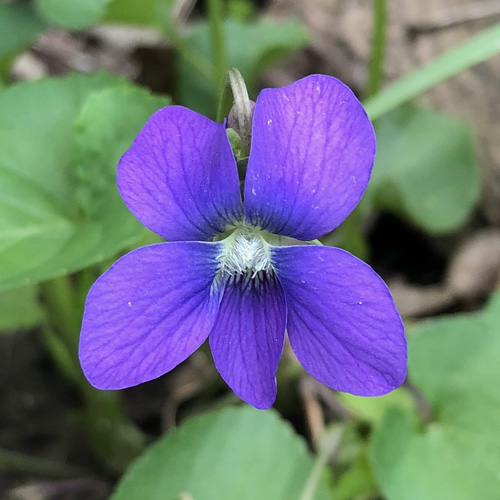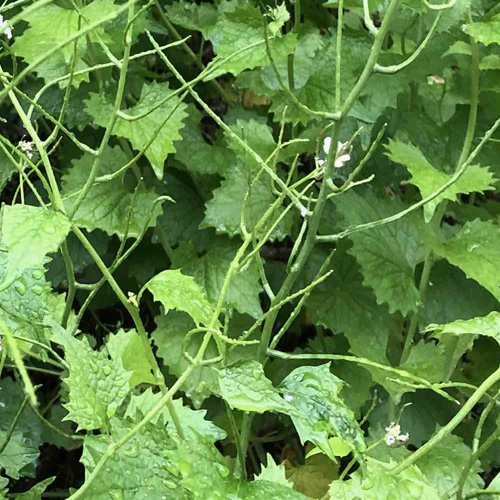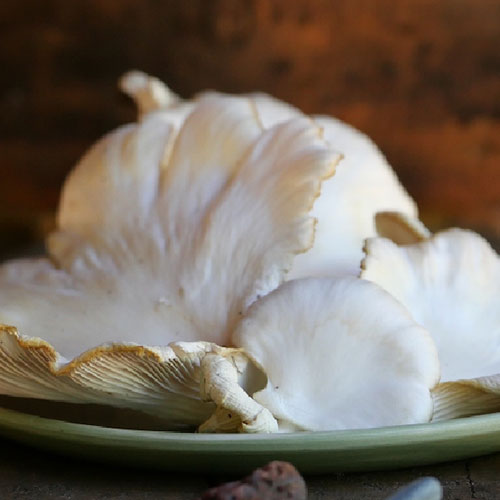Field Guide: Morel Mushrooms
A foraging chef's tips for finding and preparing the wagyu of the woods
Don’t bother trying to grow morel mushrooms at home.
I’ve made attempts over the years. I’ve bought spores and spread them over fertile concoctions of manure, sand, soil, and wood chips. Nothing. I’ve tried grinding dried morels and sprinkling the powder into the woods. Nothing. To stockpile morels, the wagyu beef of mushrooms, available only for a short time each year, you have to go looking. For many people, it’s a family tradition, powerful enough to lure even those who don’t like the taste of mushrooms into the spring woods.
Where I am now, about thirty miles north of Indianapolis, the season is just beginning, though it kicks off as early as February in the Southern U.S. It will continue up into Canada, where it will end in June.
To stockpile morels, the wagyu beef of mushrooms, available only for a short time each year, you have to go looking. For many people, it’s a family tradition, powerful enough to lure even those who don’t like the taste of mushrooms into the spring woods.
The weather must be right, with at least a few nights above fifty degrees and daytime highs in the sixties or low seventies. A little bit of rain helps. We hunt near creeks, cottonwoods, old oaks, dead elms, and abandoned apple orchards. The mushrooms turn up in unlikely spots—less often huddled at the base of a tree, as you might expect, than basking in a sunbeam nearby, sprouting from a vibrant patch of moss.
To spot morels is a skill in itself. Hardcore foragers will tell you to follow your nose to mushrooms, which is good advice, but you should start by training your eyes. Hunting morels in the woods is like looking at an autostereogram. Leaves, bark, walnut shells, and wily roots can all resemble the brainy, spongelike mushrooms. I kneel on the ground and look under and between the leaves, and it’s usually just when I give up that I find them. I try to remember the spots. They might come back in the same place next year, like the ever-reliable hen-of-the-woods… or they might not. They’re tricky.
Each spring, I dream of finding carpets of morels. My real-life harvest is always patchier. Last week, I found a mushroom smaller than a dime under a leaf as I crouched to pick violets. I left it under the brambles for another day.
Once you find eating-sized morels, you’ll understand why even a few are worth the hunt, and why they can sell for more than forty dollars a pound. They eat like good ribeye. Sauté them in butter, hit them with salt and freshly ground pepper, and—some of you might judge me for saying this—serve them with a bottle of A1. Close your eyes and be transported to the soil, the woods, the very essence of spring in the Midwest.
More stories from the Midwest




